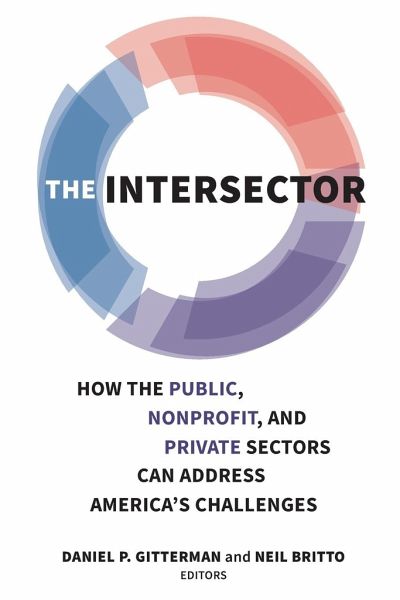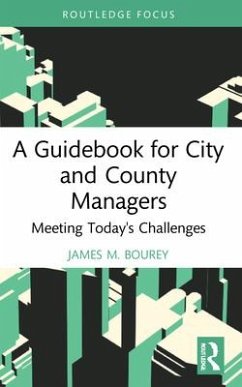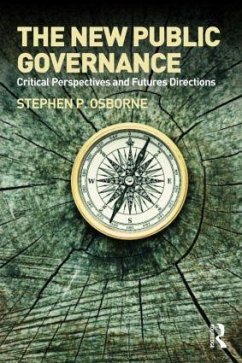
Intersector
How the Public, Nonprofit, and Private Sectors Can Address America's Challenges
Herausgeber: Gitterman, Daniel P.; Britto, Neil
Versandkostenfrei!
Versandfertig in 1-2 Wochen
42,99 €
inkl. MwSt.
Weitere Ausgaben:

PAYBACK Punkte
21 °P sammeln!
Exploring how cross-sector collaboration can solve seemingly intractable societal problems Many people tend to think of the public, non-profit and private sectors as being distinctive components of the economy and broader society-each with its own missions and problems to address. This book describes how the three sectors can work together toward common purposes, accomplishing much more than if they work alone.














